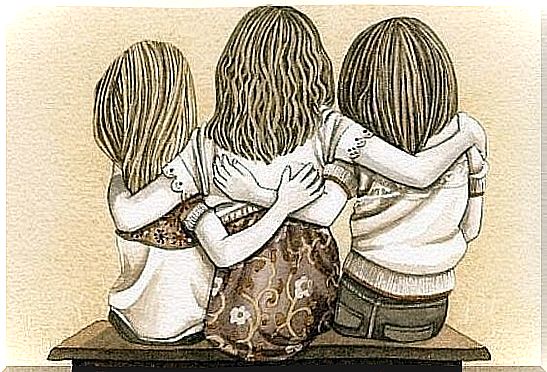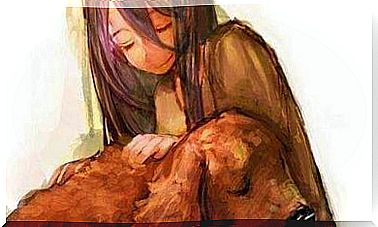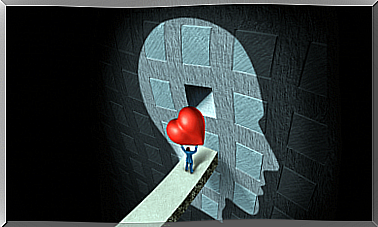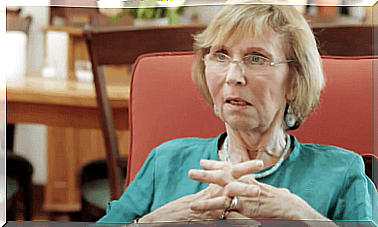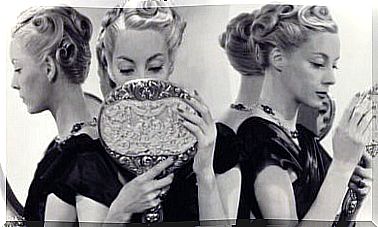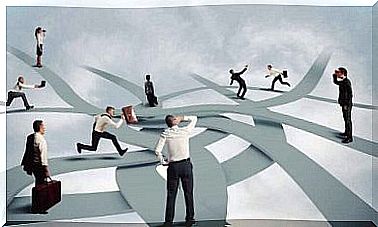Discover Infantile Cognitive Development Through The Eyes Of Piaget
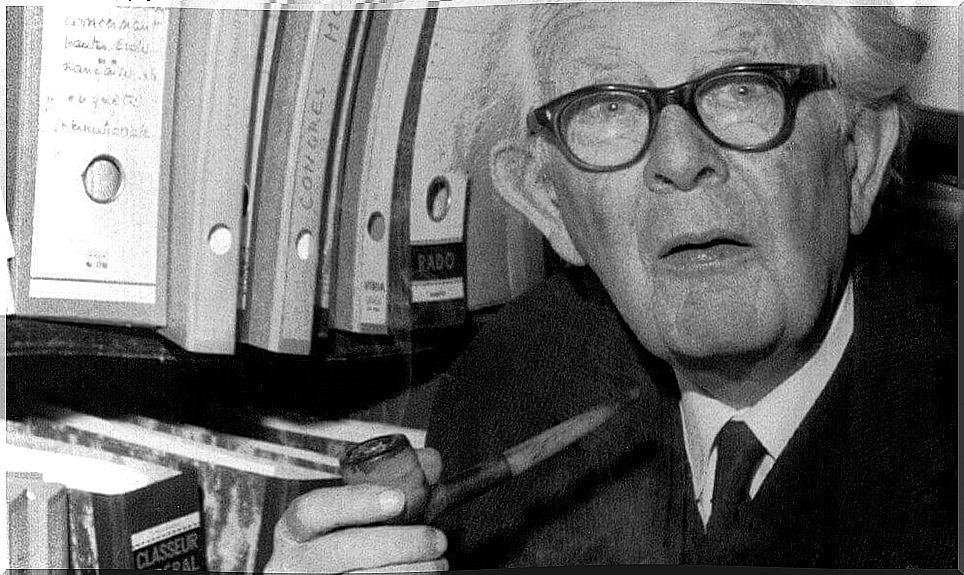
Jean Piaget is one of the great references in the study of infantile cognitive development. He devoted his entire life to the study of childhood, and even observed his own children to reveal the secrets of childhood development. He is also known with Lev Vigotsky as one of the fathers of constructivism.
One of Jean Piaget’s most famous theories is his division of infantile cognitive development into four differentiated states. Piaget sought with this to establish a theory which could explain the general development of the child. However, today, we know that it cannot be considered as a theory of general development, because too many aspects have been left out; even so, this classification is a useful guide to understanding how we develop our logic-arithmetic ability in childhood.
Many psychologists believed that development was given by an accumulative phenomenon, in which new behaviors and new cognitive processes are generated. On the other hand, Piaget, after his studies, formulated a theory of development based on qualitative stages; where the child would accumulate capacities, but sooner or later this accumulation would make him change his way of thinking qualitatively.
Piaget divided infant cognitive development into three states with a series of substates, and later completed this work by expanding the number of different states to four. These four states are: (a) the motor sensory state, (b) the pre-operative state, (c) the state of concrete operations and (d) the state of formal operations.
This condition predates the onset of language, and extends from birth to about two years. This period is characterized by the reflected ability of the child. The life of the child during this period consists in linking his perceptual capacity to his motor capacity. In her mind only practical concepts exist, such as knowing how to eat, or how to get her mother’s attention.
Little by little, over the course of this period, the child generalizes the events of his environment and creates diagrams on the functioning of the world. Due to the intersection of the diagrams, the child develops the permanence of the object, and understands that the objects exist as entities foreign to him. Before implementing this idea in his diagrams, if the child cannot see, hear and touch an object, he will think that it does not exist.
The end of this stage is marked by the appearance of language. The language of the child supposes a profound change in his cognitive capacities. The latter is generally accompanied by the semiotic function: the capacity to represent concepts through thought. The child would therefore pass from a purely practical mind to a mind which also acts at the representative level.
This stage takes place in children between their two and seven years of age. This is a transitional period when the child begins to develop and consider his semiotic capacity. Even if he has already acquired a level of representation, his mind is still quite different from that of an adult. His thinking is “egocentric”.
The child is “egocentric” because his thought is totally centered on himself. The child is unable to distinguish the physical from the psychic, and the objective from the subjective. For him, his subjective experience is the objective reality which exists in the same way for all individuals; this shows us a lack of Theory of Mind. From the age of 4, he will begin to abandon this egocentricity and develop a Theory of the Spirit.

During this period, we also note difficulties for the child to understand that the universe is changing. He is able to understand states, but not the transformation of matter. For example, if you show a child a glass full of water and then pour that water into a taller, narrower glass, he or she will think the second glass contains more water than the first. The child is unable to understand the fact that transforming something does not change the amount of matter that exists.
This period extends between seven and eleven or twelve years. The child managed to let go of the full confidence he had in his senses. Here we can see the development of a series of concepts; for example, the child now knows that the transformations of form do not alter the quantity of matter.
The child begins to build a logic of classes and other relationships with perceptual information. He understands transformations and will be able to understand that they can be given in the opposite direction (adding instead of removing, for example). On the other hand, he will also be able to carry out these operations by representing them in his mind, without having to carry them out with present and concrete objects.
Even if he controls operations and logic, he can only achieve them with concrete objects whose behavior he knows. He is incapable of theorizing about what he does not know or about what comes out of his perceptual knowledge. This ability he will achieve in the next state.
This is the last stage of development where the child will transform into an adult at the cognitive level. This state is characterized by the acquisition of scientific thought. The child can no longer only reason about the real, but also about the possible.

This period is characterized by the ability to make assumptions and consider the possible consequences of these hypothetical eventualities. The child has perfected his testing processes well and does not accept opinions without subjecting them to review.
From this moment, the child will begin to acquire new knowledge and new intellectual instruments. These will allow him to develop as a competent adult in society. However, this is the last state, so the child will no longer experience any qualitative evolution : he may be faster and more precise at the time of his mental operations, but he will always think in the same way.
Now that you know more about Piaget’s theory of infantile cognitive development, do you believe that children develop through these stages, or perhaps this theory remains cut off when explaining human development in its? totality?
